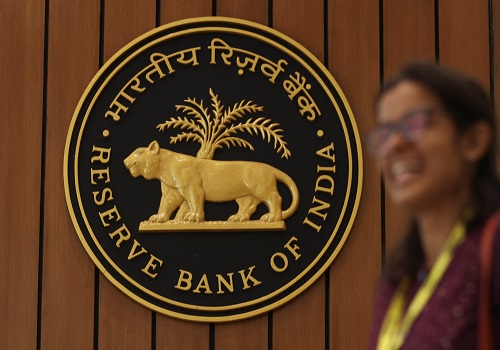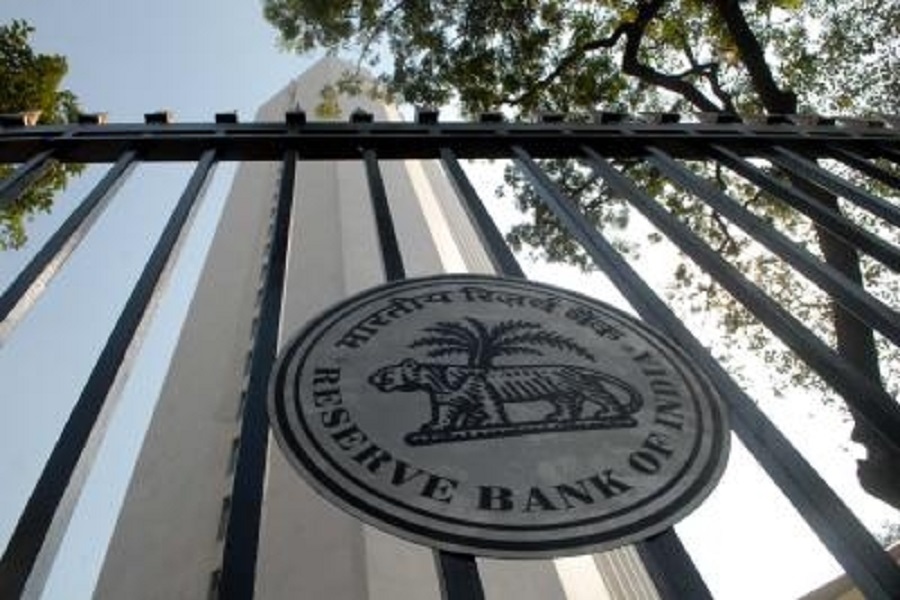Quote on Post RBI Comment by Sneha Pandey, Fund Manager- Fixed Income, Quantum AMC

Below the Quote on Post RBI Comment by Sneha Pandey, Fund Manager- Fixed Income, Quantum AMC
The Reserve Bank of India’s (RBI) decision to pause rates and maintain a neutral stance is exactly in line with our expectations. It’s a "unanimous pause" and we believe it reflects the RBI's careful balancing act between inflation control and supporting growth, which remains below its aspirations.
Looking at the inflation outlook, we’re seeing a benign trend. The inflation forecast has been revised down from 3.7% to 3.1% earlier this year, to now a much lower 2.6% (Our estimate for FY 26 at 2.6%). Core inflation likely to remain contained, and that’s a key positive.
The GST rationalization has certainly softened inflationary pressures for FY26, but we need to remember this is a one-time measure. For FY27, the inflation outlook is slightly more challenging, with Q1FY27 CPI now revised down to 4.5% against 4.9% earlier. However, overall, inflation is under control, and this gives the RBI some breathing room to manage growth.
On the growth front, domestic demand remains weaker than desired. While certain sectors, especially services, are resilient, the broader growth picture is being held back by trade headwinds. These external challenges are real, but the domestic policy reforms, particularly GST rationalization, are helping to cushion the impact. However, growth still lags the RBI’s aspirational targets as emphasized by the Governor
In terms of future policy, the RBI has acknowledged there’s room for further easing. The previous rate cuts have already been front-loaded, and their impact is still playing out. Given this, the RBI's decision to take a "wait and watch" approach is prudent. But it’s important to note that this pause is likely a dovish one — hinting that the central bank is open to further cuts, particularly if inflation remains benign and growth doesn’t pick up.
In our view, there’s a possibility of a 25 basis point rate cut in the December policy. Timing is key here. A rate cut now in October would have been premature, while waiting until later would risk missing the window of opportunity. December seems like the most ideal time to make that move, allowing the previous cuts to be fully transmitted and making the most of the current inflationary and growth dynamics.
Before the RBI’s policy announcement, we saw some optimism in the bond market, with 10-year bond yields dipping slightly. However, post-policy, the market experienced a bit of a sell-off, and yields moved up by a few basis points. This was largely due to market participants being cautious ahead of the announcement, with many staying on the sidelines in anticipation of the decision.
One of the key takeaways here is that the transmission of rate cuts in the bond market hasn’t fully played out yet. Despite multiple rate cuts by the RBI, we haven’t seen the kind of smooth and consistent transmission we would typically expect. This is primarily due to the mismatch in demand-supply dynamics within the bond market itself. In essence, while the RBI’s rate cuts are certainly aimed at stimulating economic activity, the bond market is facing some headwinds in terms of effective transmission. Until these dynamics adjust, we may continue to see some overhang of this in bond yields.
Overall, the October policy was in line with our expectations. The RBI has opted for what we believe is a dovish pause, signaling that while there are no immediate rate cuts, they’re keeping the door open for further action down the line. The key takeaway for investors and businesses is that while the central bank is in a wait-and-watch mode, the possibility of additional rate cuts remains on the table, especially if inflation stays in check and growth shows signs of slowing.
For investors, Dynamic Bond Funds offer an interesting opportunity in the current environment. These funds can adjust their duration based on interest rate movements, making them well-positioned to benefit from further rate cuts. As rates fall, longer-duration bonds typically gain in value, boosting returns. Given the likelihood of rate easing, dynamic bond funds provide flexibility to capture these opportunities.
For investors with a shorter horizon, looking to park funds during volatile markets, Liquid Funds are a good option. Specifically, funds that minimize credit risk by primarily investing in G-secs or high-rated credit papers offer safety and liquidity while you wait for better equity opportunities.
Above views are of the author and not of the website kindly read disclaimer






















